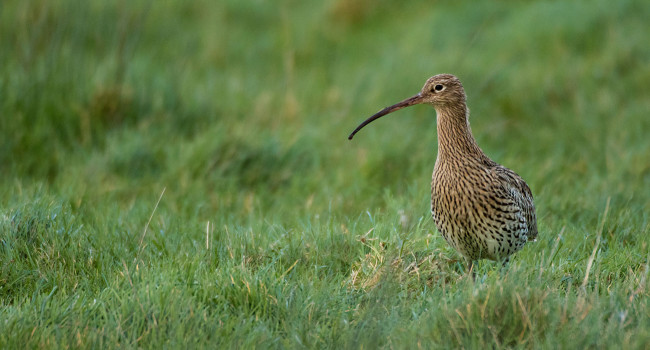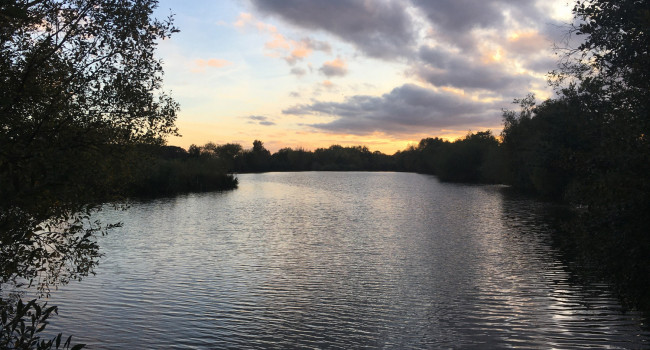Rarity, life history and scaling of the dynamics in time and space of British birds
Author(s): Sæther, B.-E., Grøtan, V., Engen, S., Noble, D.G. & Freckleton, R.P.
Published: January 2011 Pages: 10pp
Journal: Journal of Animal Ecology Volume: 80
Digital Identifier No. (DOI): 10.1111/j.1365-2656.2010.01751.x
Download article 346.49 KB application/pdf
region. Here we show that interspecific differences in the pattern of population fluctuations of
British bird species can be predicted from knowledge of their overall abundance and some basic
life-history characteristics.
2. We identify a rarity syndrome that arises through an increased stochastic influence on population
fluctuations with decreasing population size, mainly resulting from an inverse density-dependent
effect of demographic stochasticity. This syndrome involves an increase in the annual changes
in population size with increasing rarity in the United Kingdom.
3. The relationship between the magnitude of temporal variation and local mean population size
differs between species dependent on their life history, i.e. species with larger clutch size and lower
survival tended to have larger annual changes in population size than low-reproducing long-lived
species.
4. The probability of local disappearance from a study plot depended on the population size and
was hence closely related to the overall abundance of the species in UK. For a given population
size, this probability was also related to species-specific life-history characteristics, being higher in
species with larger clutch sizes and smaller survival rates.
5. Rareness results in a spatial decoupling of the temporal variation in population size.
6. These patterns show that once a species has become rare, e.g. due to human activities, key population
dynamical characteristics will change because of density-dependent stochastic effects, which
in turn are dependent on species-specific life-history characteristics.
Staff Author(s)







Share this page